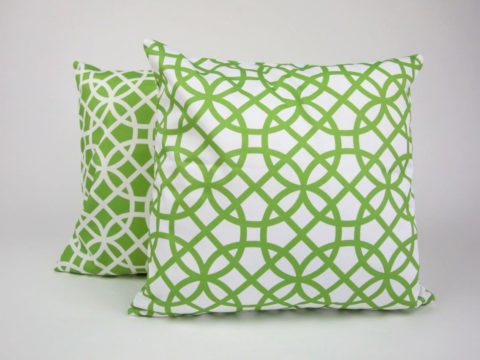Margaret Douglas: Life Story
Chapter 12 : Early Married Life
The complexities of the political relations between England and Scotland in the last years of Henry’s reign are too great to cover here in detail – more can be found in the profile of Marie of Guise. Suffice to say, that, Lennox continued to support Henry’s policy. Henry VIII was determined to get his money’s worth from Lennox, and during much of the next few years Lennox was raising armies and spending time in Ireland and Scotland to promote the English cause in the War of the Rough Wooings. On 1st October 1545 at Linlithgow, the Scots Parliament convicted Lennox of treason and confiscated his lands.
During her husband’s absences, Margaret seems to have remained at court. She was with Queen Katherine during September 1544, when Henry sent greetings from Boulogne to her, and is recorded as present at the visit of the French Ambassador to Hampton Court in August 1546. Although she is named in precedence after the Ladies Mary, Elizabeth and Anne of Cleves, it does not seem that she was ‘pricked’ (chosen) to sit at the feast.
Nevertheless, Lennox and she met sufficiently frequently for her to have borne and lost a son, Henry, Lord Darnley, by November 1545, and to have a second in the following month, also named Henry. In all, Margaret was to have eight children, four daughters and four sons. There are no records of the daughters’ names, or dates of birth or death, so they presumably died in infancy. Her last two sons, Philip and Charles, were born in the mid-1550s, but only Henry and Charles reached manhood.
Not long before Margaret’s marriage, the Third Act of Succession had been passed, which laid down the succession to the English Crown – first Edward, then Mary, then Elizabeth, with a proviso for Henry to name Elizabeth’s successors (should she have no children) in his will, or by Letters Patent. This act overturned the common law, both by permitting the inheritance by two women who were, under English law, illegitimate, and by allowing the King to specify an heir who might not be the heir under common law.
Under the usual rules of inheritance, on the assumption that Mary and Elizabeth were both illegitimate, then Henry’s heir was Edward, followed by Margaret’s niece, the baby Queen of Scots, or, if, as was sometimes claimed, Queen Mary was debarred from the Crown by foreign birth, Margaret herself. As in 1544 it was probably assumed that at least one of the King’s children would have an heir, it seems unlikely that Margaret considered herself to have been wronged, especially as she probably considered that at least Mary was legitimate. She may even have thought that Henry might name her in his will to follow Elizabeth. It was not until the King, in his final will, named as Elizabeth’s successors the children of Margaret’s other cousin, Frances, Duchess of Suffolk, that Margaret knew herself to have been definitely passed over.
It has been speculated that Margaret had quarrelled with Henry, and that was the reason he cut her out of the succession, but there is no evidence to support this. It is far more likely that, despite his personal fondness for her, Henry could not countenance Lennox as King of England – it being assumed that any woman inheriting would naturally be subordinate to her husband. It may also have been the result of Angus finally abandoning Henry and the English alliance (see next chapter).
On Henry’s death, Margaret and Lennox moved north, basing themselves at Temple Newsam, near Leeds, where they concentrated on managing their estates.
As Edward’s government introduced more reformist legislation it appears that Margaret became known for retaining Catholic practices, although she must have conformed sufficiently to keep within the law. Lennox’ religion seems to have been a more fluid affair. He was probably Catholic in such convictions as he may have had, but had no trouble with working with Protestants in Scotland. Their sons, Henry, Lord Darnley, and Charles Stuart, were brought up as Catholic, but Darnley also appears to have been willing to be flexible on religion.
During Edward’s reign, the Lennoxes did not often travel to court, although Margaret was one of the Great Ladies who entertained the Regent of Scotland, Marie of Guise, on her journey from France to Scotland, via England, in November 1551 (more on that here).
Lady Margaret Douglas
Family Tree








